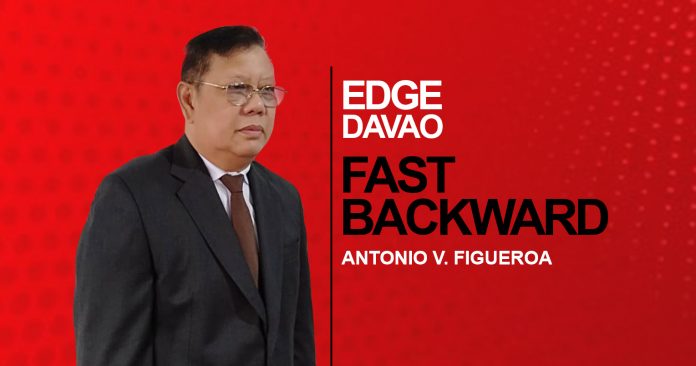The phrase ‘tribal ward’ is quite familiar given that in historical accounts it is associated with the June 6, 1906, death of Davao governor Edward Bolton in the hands of Mangulayon, a Tagacaolo is cited in narratives as a tribal ward or a representative of an indigenous people.
Tribal wards and tribal ward courts, with jurisdiction over cases involving non-Christians and Moros, were organized under Act No. 39 that the legislative council of the Moro Province passed on February 19, 1904. Both were deemed extensions of the municipal government.
Under the stature, each district with a sizeable number of Moro and non-Christian populations, for purposes of practicality, was divided into tribal wards. Consequent to this, each ward represented “a single race or a homogenous division.”
U.S. Army Maj. Gen. Leonard Wood, governor of the Moro Province, explained this arrangement in his Third Annual Report covering the period from July 1, 1905, to April 16, 1906.
“Over each tribal ward the district governor appoints a headman to be his representative or deputy. In the appointment of the headman, preference is given, unless there are strong reasons for the contrary, to that member of the race or tribe within the ward who is recognized by the people as their chief. Through this head man the provincial laws, so far as they apply to these tribal wards, and the instructions of this district governor are made known and explained to the people, this headman acting as an executive official in their enforcement.”
One and a half years later, the legislative council passed on October 6, 1905, another edict setting up the composition and procedures to be followed by the courts. Every district governor and secretary, after taking their oaths of office, became an ex-oficio tribal ward court justice. The responsibility of appointing other members of the court belonged to the Moro Province governor, with the number of wards per district as determined by the legislative council.
The courts were given authority over all criminal and civil cases where the defenders are either Moros or pagans. The courts were given the “jurisdiction to make investigations of criminal offenses, jurisdiction to hear and determine which is vested in courts of first instance, provided the accused, or any of them, are Moros or pagans.”
Those justices who handled the tribal ward courts served without pay, although the statute allowed them to receive compensation but to be paid by provincial funds based on the amount fixed by the legislative council.
Interestingly, “No costs of any kind are taxed or awarded in any action or proceeding, civil or criminal. The written records may be kept in any language which the justice or auxiliary justice may deem most convenient, and oral proceedings may be carried on in any dialect or language with which the parties or witnesses are familiar.”
Should there be an appeal in the civil or criminal judgment of the tribal ward court, this will be forwarded to the Court of First Instance (CFI) with the issues decided “without reference to any legal conclusion or assumption made by the previous court to hear the case.” Monetary judgments such as fines accrued to the provincial treasury.
The tribal ward court justices were imbued with similar power as that of the justices of the peace, but the sentences imposed were largely predisposed by the tribal customs of the parties at interest or of the offenders, which was the government’s way of slowly bringing the natives closer to the bureaucracy, and in slowly extending influence over them.
Despite the good intent of creating the courts, the state understood that difficulty in transport or the absence of facilities in reaching remote and interior regions where “the extreme savagery of the large majority of the people” was palpable despite the setting up of 51 tribal wards.




